Adaptation in Animals - 2 Class 6 Worksheet Science
Q1: Give one word for.
(i) Long winter sleep
Ans: Hibernation
In habitats that get very cold, animals adapt by sleeping for up to a few months at a time. It is called hibernation. During hibernation, the animal survives on the stored fat in its body. Bears, chipmunks, hedgehogs, and bats are some animals that hibernate.
(ii) Going far away from home in winter and coming back in summer
Ans: Migration
The mass movement of animals and birds from one place to another for breeding, feeding, or protecting themselves from harsh weather conditions is called migration.
(iii) Merging with surroundings to hide from the enemy
Ans: Camouflage
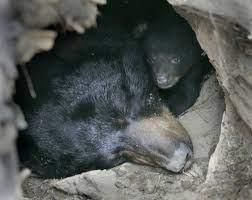
Camouflage is the use of coloration, patterns, or behavior by an animal or organism to blend in with its surroundings and avoid detection by predators or enemies. This adaptation helps creatures remain hidden and increases their chances of survival.
Q2: True or False.
(i) Hedgehogs have spines to defend themselves from their enemies.
Ans: True
Hedgehogs use their spines as a defense mechanism against potential predators. When threatened, they can curl into a tight ball, covering their vulnerable body parts with their sharp spines, making it difficult for predators to attack them.
(ii) Herbivores have sharp claws.
Ans: False
Herbivores are animals that primarily eat plants. They typically do not have sharp claws designed for catching or killing prey. Instead, herbivores often have blunt or flat teeth adapted for grinding plant material. Carnivores, on the other hand, are more likely to have sharp claws for hunting.

(iii) Lizards sleep during the entire winter period.
Ans: False
Lizards do not "sleep" throughout the entire winter.
(iv) Dolphins breathe through gills.
Ans: False
Dolphins are mammals, not fish. They do not have gills. Dolphins, like all mammals, breathe air through lungs. They come to the surface of the water to breathe through a blowhole located on the top of their heads.
(v) Parasites do not have teeth.
Ans: True
Parasites are organisms that live in or on another organism (the host) and obtain nutrients from the host. Many parasites have adapted to a lifestyle where they do not need teeth because they feed on the host's bodily fluids, tissues, or blood. Instead of teeth, they have evolved specialized structures such as hooks, suckers, or piercing mouthparts to access their food source from the host.
Q3: What are they called?
(i) Animals that live in water
Ans: Aquatic animals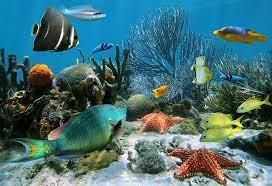
Aquatic animals are those that primarily live in water. They are adapted to life in aquatic environments and can include a wide range of creatures, from fish and whales to amphibians like frogs and aquatic insects like dragonflies. These animals have various adaptations to help them survive and thrive in water, such as fins, gills, and streamlined bodies.
(ii) Animals that live on trees
Ans: Arboreal animals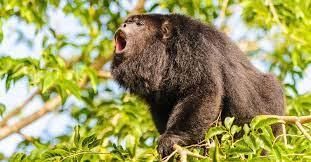
Arboreal animals are creatures that are well adapted to living in trees. They spend a significant portion of their lives in trees, utilizing them for shelter, food, and sometimes even for reproduction. Examples of arboreal animals include tree-dwelling primates like monkeys and certain species of reptiles and insects.
(iii) Animals that live on land
Ans: Terrestrial animals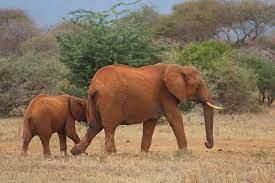
Terrestrial animals are those that primarily inhabit land as opposed to aquatic or aerial environments. These animals have evolved various adaptations for life on land, such as legs for walking or running, lungs for breathing air, and different means of obtaining food from terrestrial sources. Most familiar animals, including mammals like dogs, birds like sparrows, and reptiles like snakes, are considered terrestrial.
(iv) Animals that live on both land and water
Ans: Amphibians
Amphibians are a class of vertebrate animals that are known for their ability to live in both aquatic and terrestrial environments, although they are closely associated with water during their early stages of life. Frogs, toads, newts, and salamanders are examples of amphibians. They typically have moist skin, lay eggs in water, and undergo metamorphosis during their life cycle.
(v) Animals that spend much of their time in the air
Ans: Aerial animals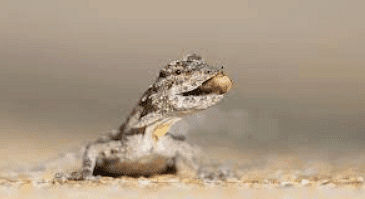
Aerial animals, sometimes referred to as "flying animals," are creatures that spend a significant portion of their lives in the air. They have evolved wings or other adaptations that allow them to fly or glide. Examples of aerial animals include birds, bats, and certain insects like butterflies and dragonflies. Flight is a key feature that distinguishes these animals from others.
Q4: What kind of teeth do the following have?
(i) Horse
Ans: Horses have sharp front teeth for cutting grass and flat grinding teeth for chewing it.
(ii) Cheetah
Ans: Cheetahs have sharp retractable claws and powerful leg muscles that enable them to sprint at high speeds to catch prey.
Q5: Give two examples for each of the following types.
(i) Terrestrial animals
Ans: Lion and Buffalo
Terrestrial animals are those that primarily inhabit land as opposed to aquatic or aerial environments. These animals have evolved various adaptations for life on land, such as legs for walking or running, lungs for breathing air, and different means of obtaining food from terrestrial sources. Most familiar animals, including mammals like dogs, birds like sparrows, and reptiles like snakes, are considered terrestrial.
(ii) Aquatic animals
Ans: Fish and Frog
Aquatic animals are those that primarily live in water. They are adapted to life in aquatic environments and can include a wide range of creatures, from fish and whales to amphibians like frogs and aquatic insects like dragonflies. These animals have various adaptations to help them survive and thrive in water, such as fins, gills, and streamlined bodies.
Q6: How do the following animals protect themselves from their enemies?
(i) Chameleon
Ans: changing color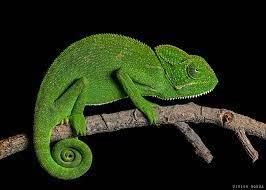
The chameleon is well-known for its remarkable ability to change color. They use this unique adaptation primarily for camouflage and communication rather than for direct defense against enemies. When threatened, a chameleon changes its skin color to blend in with its surroundings, helping it remain less visible to predators. This ability helps it avoid being detected by potential threats, allowing it to remain hidden and safe.
(ii) Deer
Ans: running away faster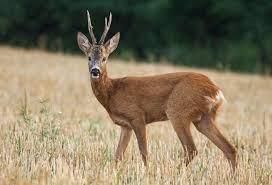
Deer primarily rely on their speed and agility to protect themselves from predators. When a deer senses danger, it can quickly flee from its potential enemy. Deer are excellent runners, capable of reaching high speeds over short distances. Their long legs and powerful muscles enable them to escape from predators like wolves and cougars. Additionally, deer are known for their keen senses, including sharp hearing and a strong sense of smell, which help them detect threats early and make a quick escape.
(iii) Snails
Ans: covered with shells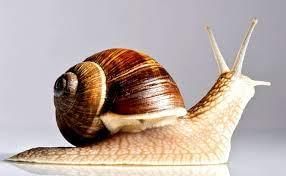
Snails protect themselves from enemies by having a hard, calcium-rich shell that they can retract into when they sense danger. This shell provides physical protection against predators. When a snail perceives a threat, it can withdraw its soft body into the shell, sealing the opening with a specialized structure called an operculum or by closing its shell door, called the aperture. This protective measure makes it difficult for many predators, such as birds and small mammals, to access the snail's vulnerable body. Some snail species also produce mucus that can be slippery and unpleasant for predators, further deterring them from attempting to eat the snail.
Q7: Answer the following questions.
(i) Why is the earth suitable for the existence of life?
Ans: On Earth, there is enough air, water, sunlight, and food for the existence of life.
(ii) What are the two kinds of living things?
Ans: The two main categories of living things are animals (including humans) and plants.
(iii) What do you understand by habitat?
Ans: A habitat is a region characterized by specific climatic conditions that support particular types of animals and plants.
(iv) Why do some animals hibernate in winter?
Ans: Some animals, such as lizards, snakes, and rats, cannot bear the cold, so they hibernate in winter.
|
48 videos|156 docs|34 tests
|
FAQs on Adaptation in Animals - 2 Class 6 Worksheet Science
| 1. What are some examples of adaptations in animals? |  |
| 2. How do adaptations help animals survive in their environment? |  |
| 3. What is the difference between physical and behavioral adaptations? |  |
| 4. How do environmental changes affect animal adaptations? |  |
| 5. Can adaptations occur quickly, or do they take a long time? |  |
















